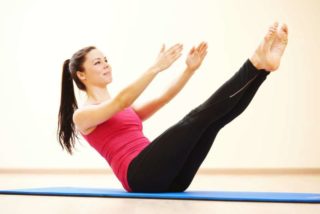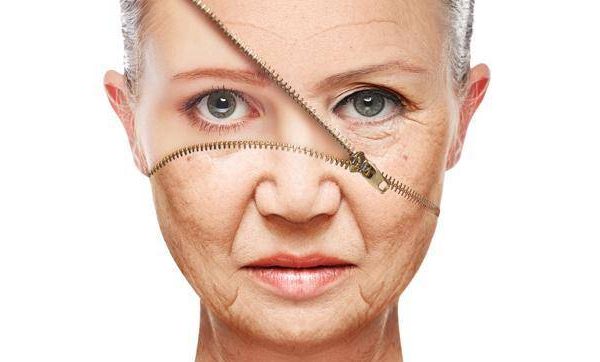Pilates is wildly popular for strengthening your core. It also boasts some of the best abdominal exercises that are spine friendly and are adaptable to all body types. Abdominal strength adds additional support to your spine where the abdominal control your pelvis from the front and your back muscles control your pelvis from the back. Why is your pelvic position so important?
The position of your pelvis will influence the position of your lower back and therefore, if you have better control of your abdominal, you will be able to control your pelvis better. For toned abdominals, Pilates is ideal. When these exercises are done in good form, they target your abdominal muscles including the core. This will give you beautifully toned abs with a ‘flatter’ stomach.
What is the abdominal core?
When we refer to the core, we refer to specific deeper muscles within the torso i.e. Transverse Abdominus, which acts like a corset between your pelvis and ribcage, Multifidus, which is a deep back muscle that works together with the Transvers abdominus, Pelvic Floor, which is a hammock of muscles at the base of your pelvis that resists intra-abdominal pressure and your Psoas which links your lower back to your hip. When these muscles act together, they form a cylinder of support for the torso, creating intra-abdominal pressure.
What does a core contraction feel like?
In Pilates we focus on the core contraction whenever you exhale. As you exhale, you gently contract your pelvic floor, which is the network of muscles that supports your bladder and uterus at the base of your pelvis. Imagine having a really full bladder and not being able to go to the bathroom. It is the pelvic floor will resist the release of your bladder. 
As your pelvic floor contracts, your Transverse Abdominus will automatically kick in. This contraction can be increased by imagining gently tightening a corset around your torso. Remember that this is happening as you exhale.
The corset effect
When the Transverse Abdominal kicks in, there is a gentle contraction that happens in your back at the Multifidus. When this happens, it will feel like the corset is tightening as you exhale and you’re your back creates gentle pressure towards your belly button. Thinking of the corset effect is a great visual as it emphasizes the gentle contraction that occurs from the front of the body all the way around to the back.
This is the start of all abdominal exercises or repetitions. Once we have established this feeling in Pilates, we introduce you to exercises that focus on the outer layer of abdominals that give you a ‘sick pack’. Pilates boasts abdominal exercises called; Chest lift, Single leg stretch, Double leg stretch, Teaser, Hundreds, Short box series, Upstretch Series, Elephant, Front support, Knee stretch knees off and more….
How to do Pilates abdominal exercises
Tanya Thompson, founder of Pilates Unlimited and Of-Course Online, demonstrates how to do the Pelvic Curl exercise at home.
Take a mind-body journey with Pilates. I would like to invite you to discover movement differently. Take this time to be still, feel, and embrace what your body has to offer you. This week we will be looking at how you can train your abdominals in Pilates with a Pilates Chest lift and a preparation into an exercise called the Single Leg Stretch.
Exercise must work your tummy correctly
The focus of this exercise is to work your abdominals effectively while moving your legs freely inside your hips. Extending your legs away from you will intensify the abdominal contraction. Think of creating really long movements with your legs whilst doing a deep abdominal contraction. Always exhale on the effort to enable you to perform the exercise effectively.
You can repeat these movements 10 – 20 times to work your abdominals, enhance your mind-body connection, and to allow your body to engage the right muscles at the right time as you move. As we embark on this Pilates journey, we will introduce you to both Pilates Mat and Pilates Equipment repertoire. Enjoy!
Watch the video demonstration here:
https://www.youtube.com/watch?v=mF-oSY3RL-Y&feature=emb_logo



![women [longevity live]](https://longevitylive.com/wp-content/uploads/2020/01/photo-of-women-walking-down-the-street-1116984-100x100.jpg)










